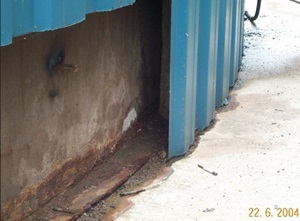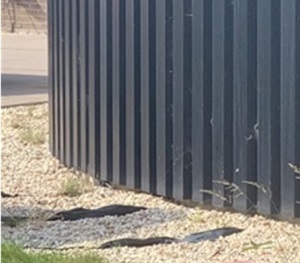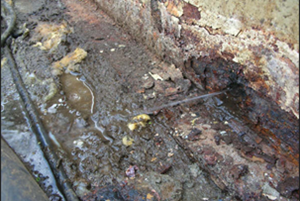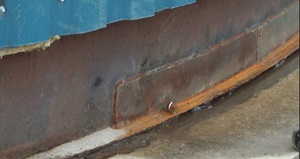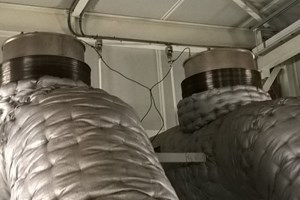Check your heat water storage tank’s condition regularly to ensure operational safety
What is the condition of your hot water storage tank and is it still free of any leakage?
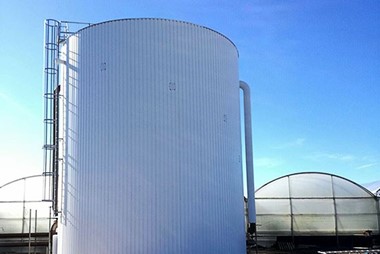
Just outside your premises is often the tank for storage of millions of liters boiling water. Having a functioning tank is key to keeping your business at peak efficiency.
Heat storage tanks contain thousands m3 of hot boiling water and play a central role in the energy heat distribution of your greenhouse business. The tanks are constructed in steel plates and are covered with a thick layer of insulation and steel cover plates. In this way, the tank is completely shielded and you have no visibility of its state of maintenance. What is the condition of your hot water storage tank and is it still free of any leakage? Two important problems causing corrosion In the early 2000’s, many tanks were directly placed on concrete floors. Especially in the situation when rainwater could gather on the floor and penetrate under the steel bottom that soaks the insulation (see picture below). Due to the low temperature at the tank bottom, it takes longer to dry. Moisture can act on the steel plates for a longer time causing corrosion. Image 1: Example of a tank placed on an oversized concrete floor, allowing rainwater to soak under the slab through the insulation. Image 2: Example of proper tank construction where rainwater cannot get under the tank. Leaks and soaking of insulation can also be caused by improper sealing of the roof. For many years, the elements of nature have free play. This can cause leakage to the seals on the top of the tank and allow rainwater to enter. In case of abundant leakage, the water will eventually matter to the bottom and due to the low temperature there, lead to problems. How can I tell if my tank has a corrosion problem? After a period of drought, there should be no traces of water on the concrete floor. Also, in cold periods with little wind, you can check for leaks. Except for the overflow, you should not see any traces of steam/water vapor. If this is the case, you’re recommended to investigate the cause! Grind away the steel plate in a few places and check the underside of the tank for corrosion. Should the situation arise that the insulation is wet, remove the insulation blanket over the first 10 to 15 cm, and make sure that the blanket cannot come down. In addition, it is recommended that the bottom ring should be provided with an anti-corrosion coating. In case the plates are already strongly affected by corrosion or even already leaking, repair is necessary. Sometimes the corrosion can be repaired by applying additional steel plates. But if it has already gone too far, bottom and lower ring must be replaced. In this case, please contact the supplier or a specialized company. Image 3: Example of a tank already leaking due to corrosion. Image 4: Example of a tank repair without necessary replacement of the lower ring. Learn more We have risk specialists who know all about corrosion of your tanks. Please contact us or your broker if you have questions about water storage tank safety. We’re ready to help you reduce your risks.